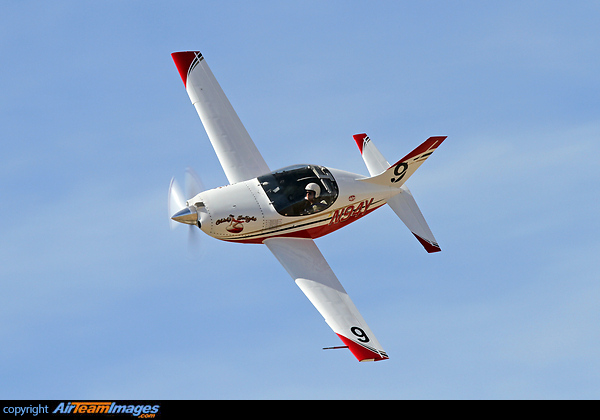denverpilot
Tied Down
That's me, sans the narrow part. lol
I am 6' tall with a 29" inseam
I feel your pain, but a little less torso. 5' 11" with 31" inseam. And most jeans are either 30" or 32" and I'm stepping on the back of the cuffs at 32", and looking like I have high waters at 30". Annoying. Just finding jeans with my, ahem, round waist size but short legs, is entertaining in some brands. Ironically, the $9 WalMart jeans fit me "well enough" that I don't have to go shopping in the metrosexual aisle for "designer" jeans. LOL. And I'm a cheapskate anyway, so $9? I get most in 30" and a few in 32" for when I wear the cowboy boots.
This post is a rabbit hole of Google.
Wasn't familiar with the Questair until recently, that plane is incredible. 240 knots!!! That's what I thought every plane would be doing by now when I was younger.

A hangar neighbor has been building one for years. I hope it eventually comes together for him. He used to own a very nice Mooney M-20C that was leased back to a club I was in, and I flew it on a number of trips.
They do have a statistically higher number of ground incidents and accidents, the gear is very narrow and unforgiving of lateral loads upon landing, and landing speed is fast... think "top heavy, narrow gear, and you'd better land it with all lateral motion canceled in a crosswind..."
A few people have balled them up very badly and hurt themselves with bad crosswind technique combined with the high landing speed. Or so I've heard.


